We’ve all seen the pictures.
Row upon row of derelict aircraft very slowly rusting away in the desert.
Aircraft graveyards might be spectacular, but they’re just a small cog in the fascinating industry that takes care of commercial aircraft once they’re taken out of service.
As soon as an airliner is approaching the end of its operational life, a whole financial and industrial ecosystem, spanning from hedge funds to specialized recycling firms, springs into action.
A hidden treasure
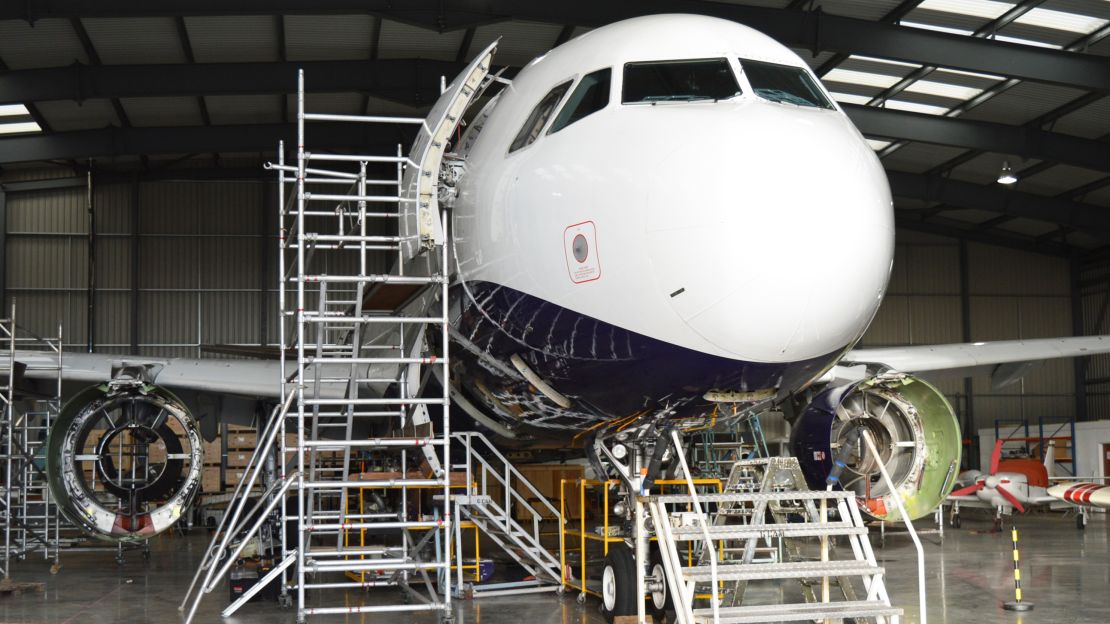
Even those aircraft deemed too old to fly can hide a large amount of value in their interiors.
“The decision to dismantle an aircraft most often depends on whether the value of its parts and components is higher than that of the aircraft as a flying machine,” says Mark Gregory, managing director of Air Salvage International, an aviation services firm based at the UK’s Cotswolds Airport.
But many aircraft do not even reach old age.
“The average age of the aircraft we scrap is 18 years,” Gregory tells CNN Travel. “This is already well below the theoretical operational life they have been designed for, but in some occasions we have dismantled aircraft that were not even 10 years old,” adds Gregory, whose firm has dismantled some 730 commercial aircraft of all types over the last couple of decades.
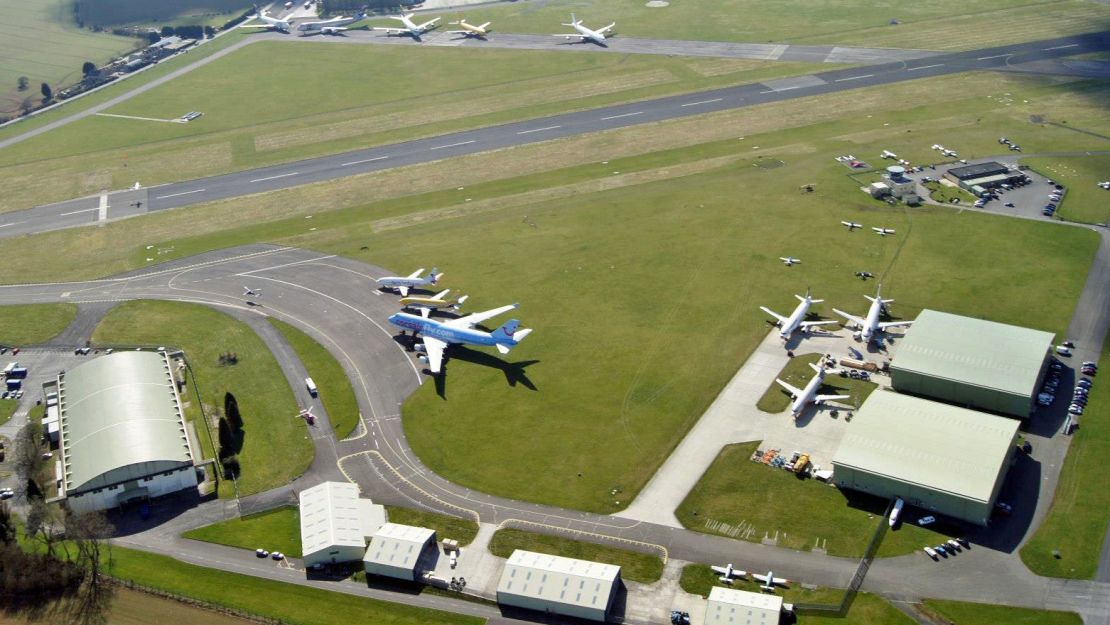
The potential of aircraft parts as an asset class has drawn the attention of specialized investment firms as well as some hedge funds.
“It is a very sizable industry,” explains David Treitel, a former executive at Apollo Aviation Group, a Miami-based financial services firm that is active in this market.
“Most of the value is in the engines, but there is an active market for all sorts of used parts and spares. It is often more interesting for an airline to replace a broken part with a used one, rather than repair it.”
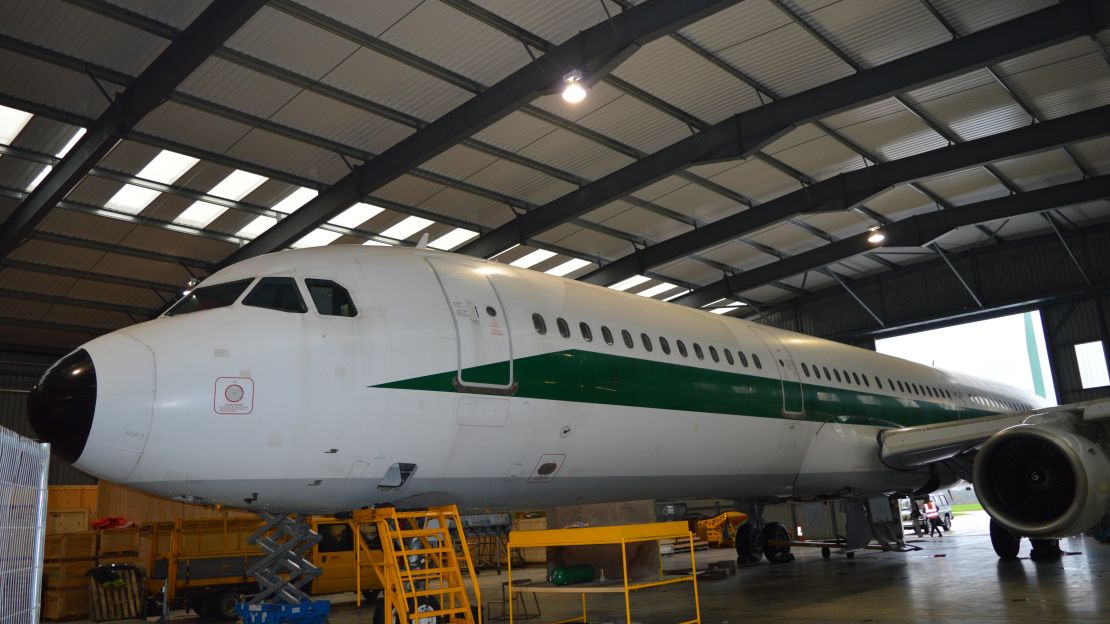
As the supply for certain components is rather rigid, a surge in demand can prompt a global scramble and drive accordingly the relative value of aircraft and their constituent parts.
Despite the safeguards in place and regulatory oversight – all parts should be properly tracked and accounted for – the global nature of this market and its myriad intermediaries means some counterfeits end up eventually in the supply chain.
An issue that perhaps the nascent blockchain technology industry can help tackle.
“It is estimated that at least 2% of parts are counterfeit. Given the large number of parts in every aircraft, you get an idea of the size of this issue,” says Eleanor Mitch, founder of SafeFlights, a Paris-based start-up that is developing smart contract technologies to certify aerospace parts.
From retirement to scrap
Creative ways to recycle an airplane
If properly taken care of, airliners can have a long operative life spanning several decades.
Some airlines may even prefer older aircraft types for operational reasons.
Take, for example, Alliance Airlines, a niche carrier that services mining outposts throughout Australia. This Brisbane-based airline has been snapping up second-hand Fokker 100 aircraft as soon as European airlines take them out of service. The ruggedness and reliability of the old Fokkers make them ideal to operate in the hot, dusty airports Alliance flies to.
However, most aging aircraft do not get a chance to enjoy a second youth in Australia. For them the beginning of the end is a flight to a storage airport.
There are a handful of such facilities around the world. Quite a few of them are located in the southwestern United States, to take advantage of the dry climate and land availability. In Europe, similar facilities exist in the Cotswolds (UK), Tarbes and Francazal (France) and Teruel (Spain).
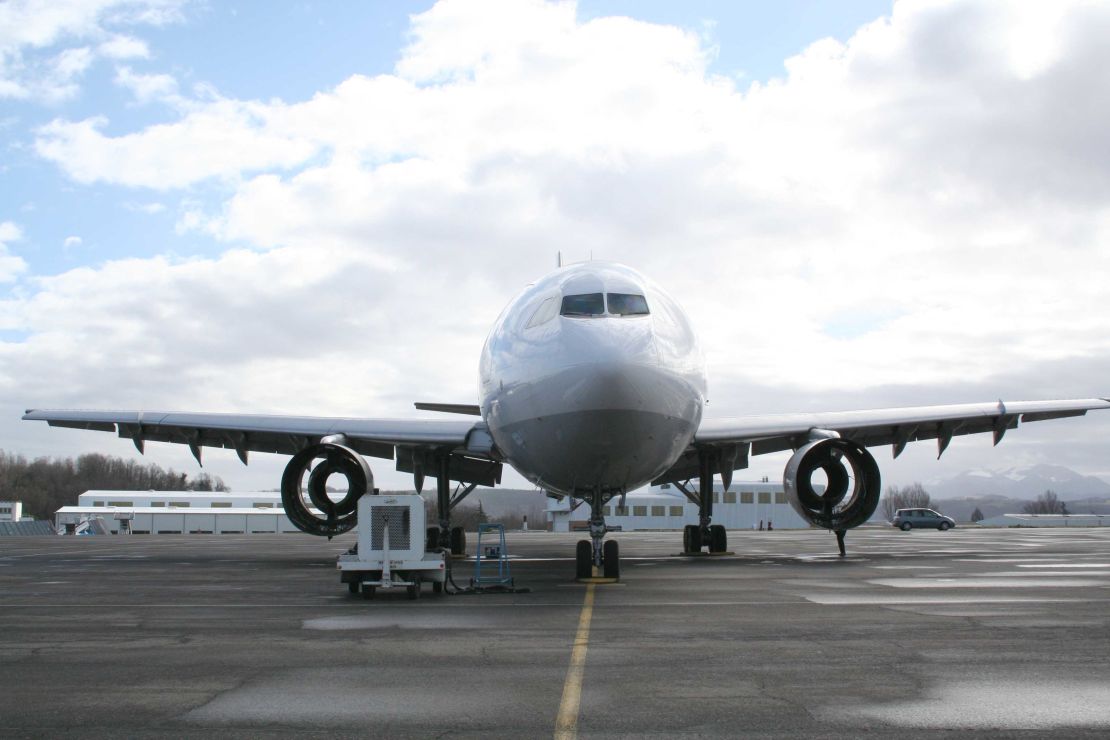
Very often storage is just temporary while an aircraft is changing hands and until it’s transferred to its new owners, but for some aircraft it is the step prior to de-registration and scrapping.
When the decision is taken that an aircraft won’t be flying again, it is, first of all, stripped bare of any valuable components.
“The amount of components that can be reused depends on the age of the aircraft. We may remove some 1,200 parts and components from a fairly newish A320-type aircraft. The engines make 80% to 90% of the value and it is always the first thing to go,” says Gregory.
Once devoid of any valuables, sections of the airframe may be cut and taken away to be used as training facilities for crew, firefighters or at educational institutions.
The huge ghost airport where planes go to sleep
Everything else would be recycled or sold for scrap.
In fact, once the aircraft has been de-registered, it is technically classed as waste and it has to be processed in compliance with environmental regulations.
No surprise, then, that one of the most prominent players in this field, the French firm Tarmac Aerosave, which manages facilities at Tarbes, Francazal and Teruel, is in fact co-owned by aerospace firms Airbus and Safran together with waste management giant Suez.
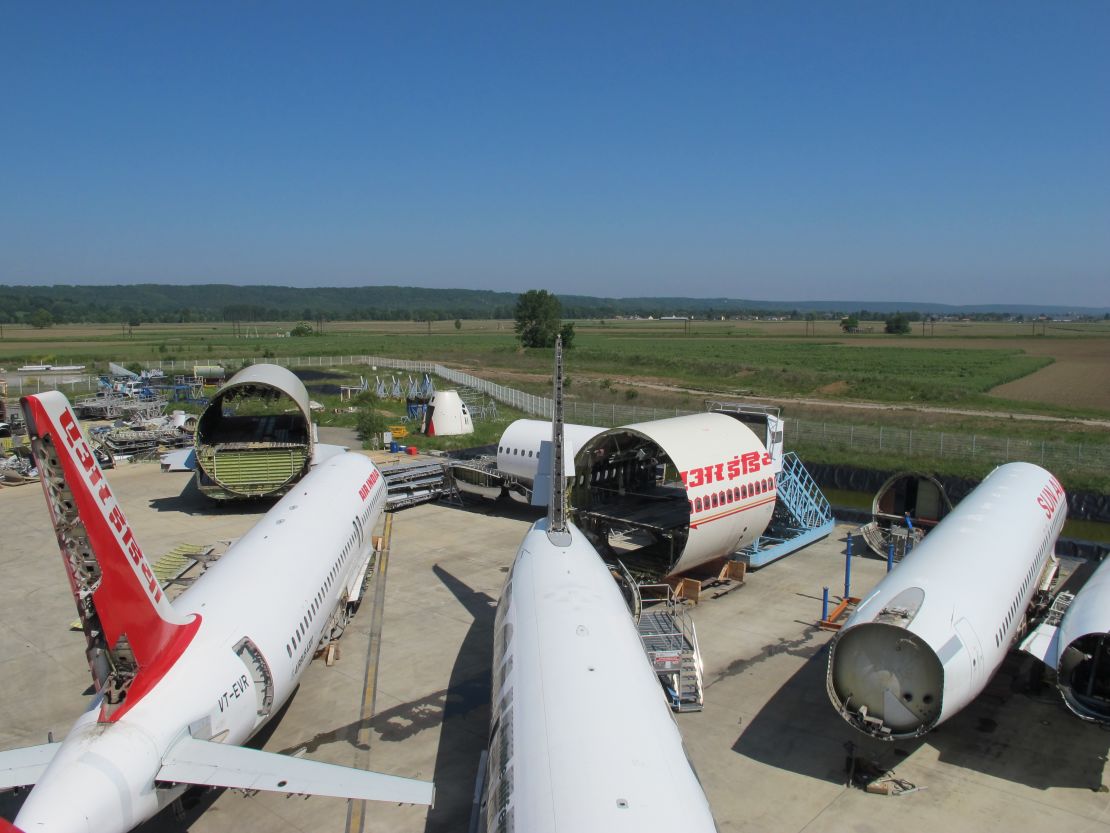
Breaking down an aircraft requires specialized skills and some really smart technology to gather, separate and recycle the different metals, plastics and fluids that it contains.
On occasions the aircraft is not recycled, but simply left to rust. “There may be legal or financial reasons for an aircraft owner not to de-register an aircraft, even when it is clear that it won’t be flying again. This is when you see those impressive aircraft graveyards,” explains Treitel.
Unusual retirements
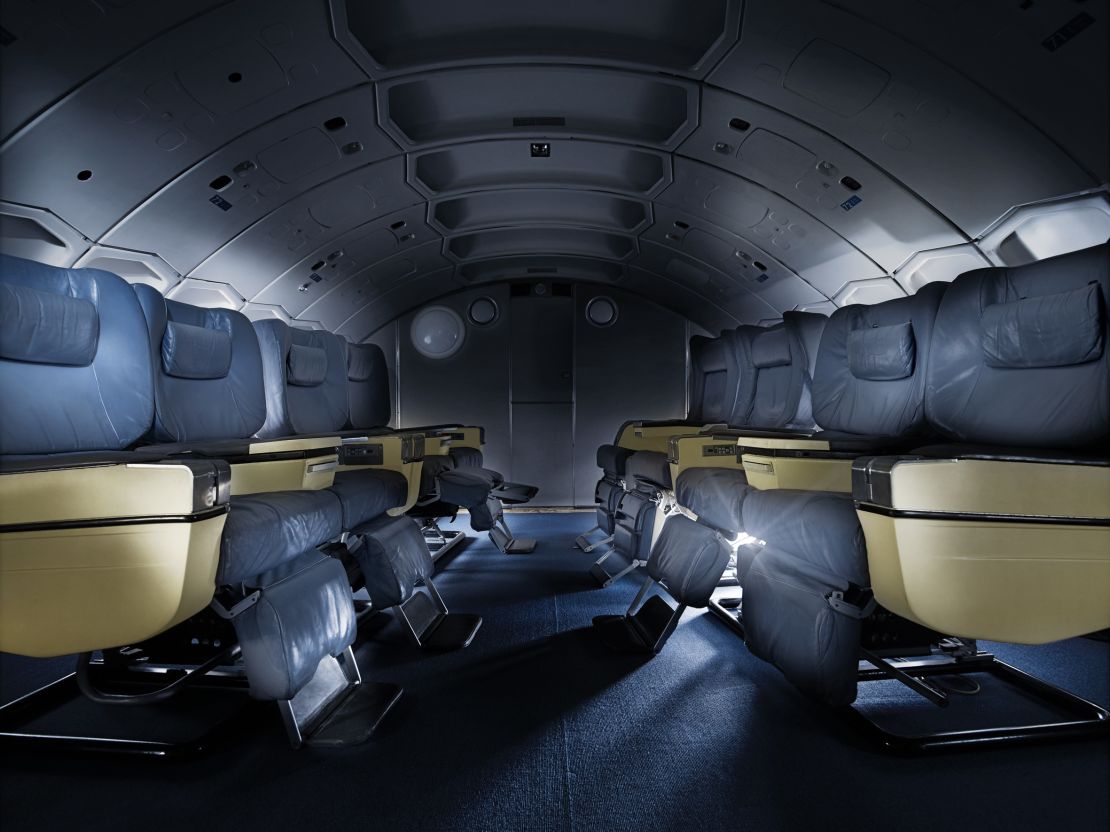
In a small number of cases, aircraft are assigned to more unusual roles after retirement.
This was the case for one of Virgin Atlantic’s Boeing 747s. After coming out of service, this jumbo jet was transferred to sister company Virgin Galactic, so that it could serve as a launch pad for its new space travel vehicles.
Private individuals and entrepreneurs have also bought old airliners to convert them into hotels, restaurants or tourist attractions.
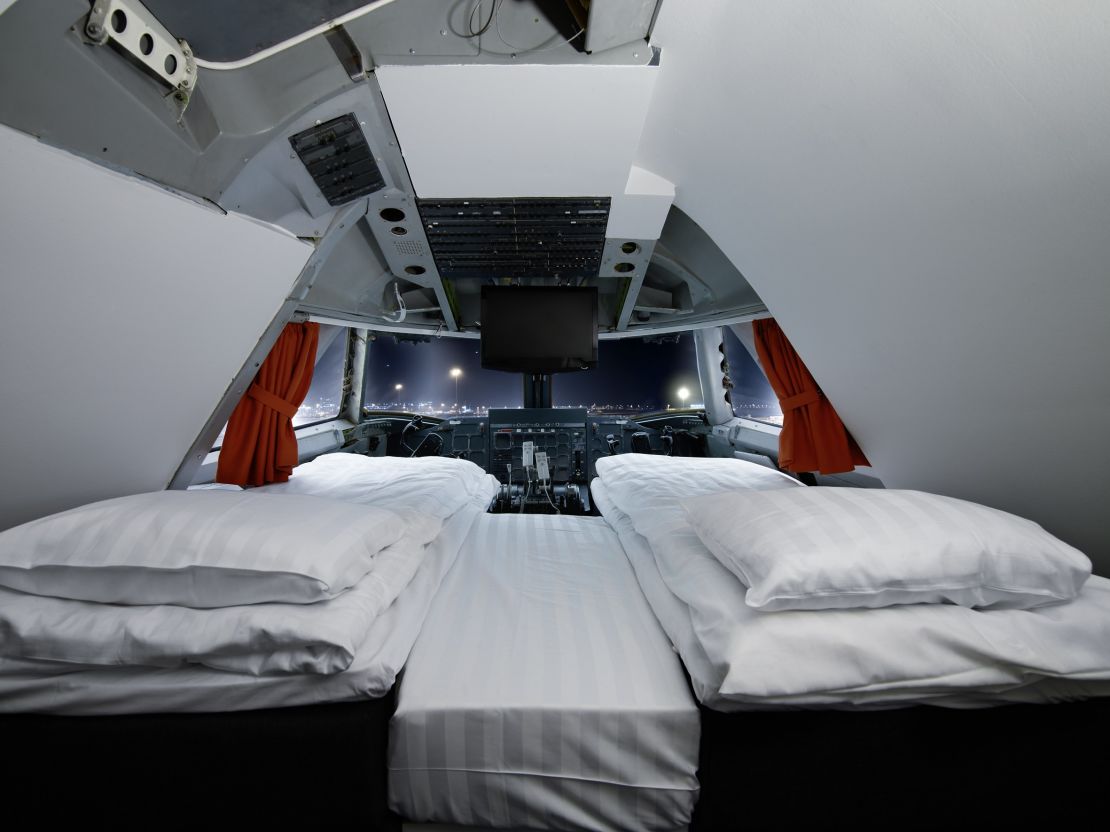
A Boeing 767 that used to fly for the now bankrupt Russian airline Transaero made headlines when it was transferred by barge to its new home at a theme park in the west of Ireland, providing some extraordinary photo opportunities along the way.
Travelers staying overnight at Arlanda Airport in Stockholm can sleep at the Jumbo Stay Hotel, that, as its name implies, it is set in an old Boeing 747 that has been given a new role in the hospitality industry.
Next to Zurich airport, an old Soviet-made Ilyushin Il-14 takes center stage at aviation-themed restaurant Runway34.
Nostalgia for past eras means that in rare cases attempts are made to bring old aircraft to life.
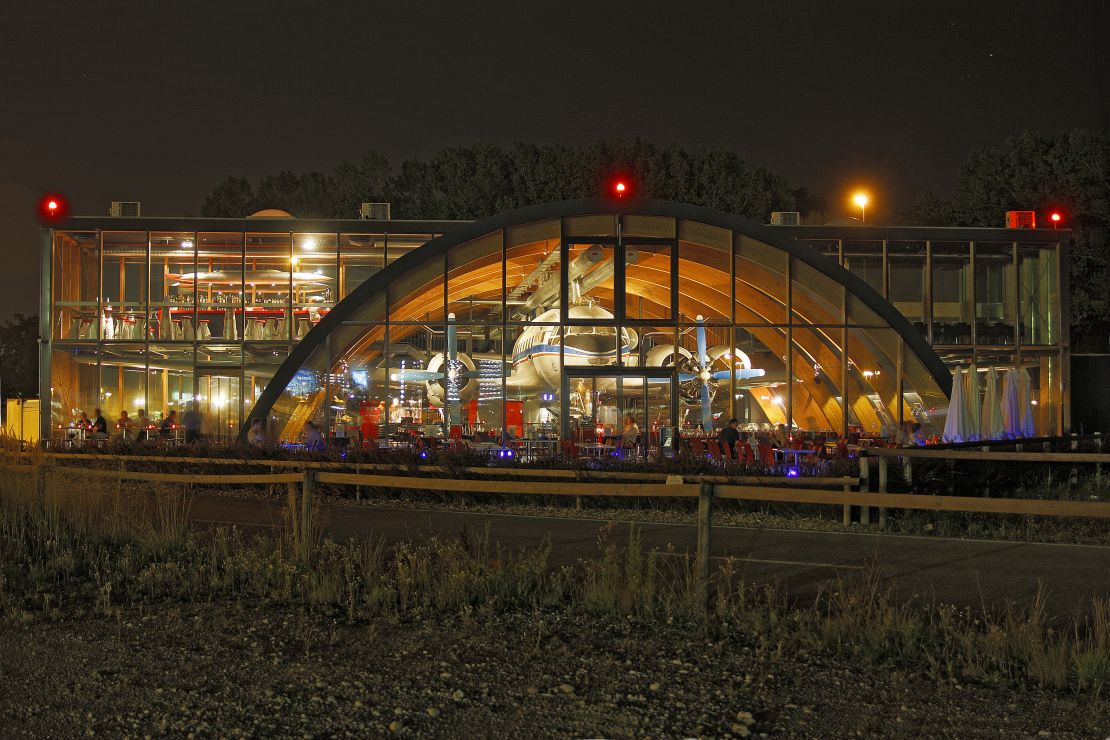
This is the case for Lufthansa’s project to restore to flying condition a 1950s Lockheed Super Constellation, where the airframe has been preserved but the cockpit and cabin are being completely rebuilt and equipped with modern avionics at a significant cost.
In any case, what seems clear is that with the impressive growth of the global commercial aircraft fleet in recent years, the business of storing, recycling or finding new placements for aging aircraft seems assured.
Miquel Ros is an aviation blogger and consultant. An economist by background, he’s worked for Flightglobal and Bloomberg.


















































